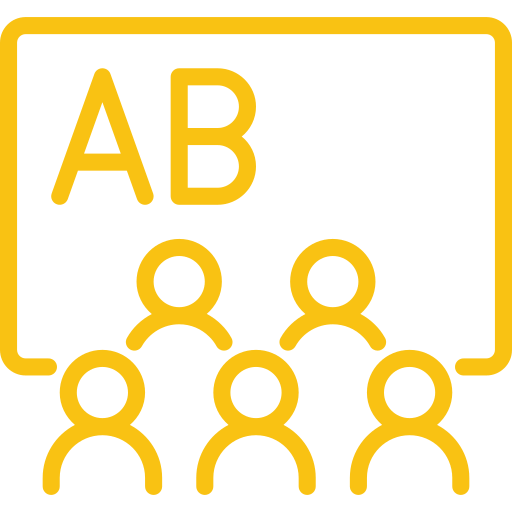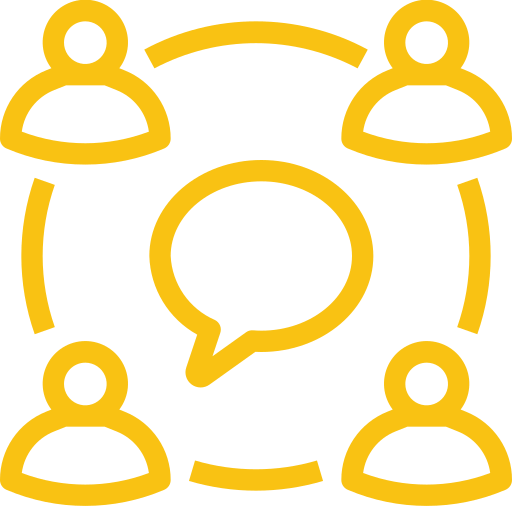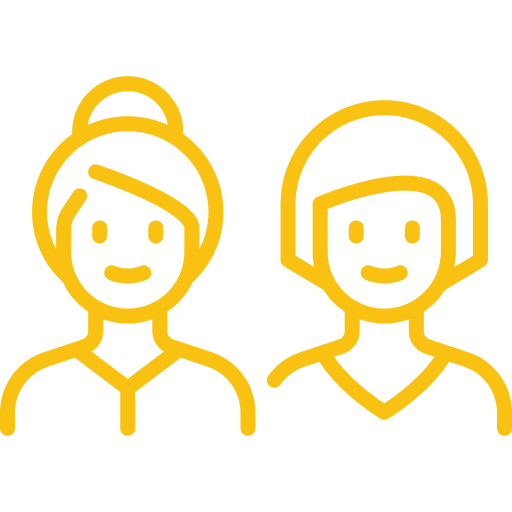Gamification in education is revolutionizing the way teachers teach and students learn. It’s about leveraging our natural enjoyment of games to increase student engagement, motivation, and knowledge retention. But what does gamification in education mean in practical terms, and how can it be implemented?
Imagine students eagerly solving math problems to upgrade their digital avatars, or experiencing a history lesson as an interactive quest. This illustrates the potential of gamification. It incorporates effective game elements—points, badges, leaderboards, and challenges—into educational settings.
The Building Blocks of Gamification in Education
At its core, gamification in education creates an immersive learning experience. Let’s break down the key parts of effective gamification:
Points and Achievements
Think about the excitement of earning points in video games. (For those my age think Super Mario Brothers, Duck Hunt, or Contra. Yeah, I’m not a rookie teacher). That same feeling can be applied in the classroom.
Students can earn points for various learning activities like finishing homework, engaging in class discussions, or assisting their classmates. These game points can unlock rewards or allow advancement to new learning stages.
Leaderboards and Friendly Competition
Healthy competition can serve as a strong motivator. Leaderboards display the top students, pushing them to excel.
However, these systems need careful design to prevent discouraging students who aren’t at the top. One idea is to have students participate in teams for earning points, rather than as individuals.
And don’t think this won’t work in your classroom! From special education to AP physics, if you’re scared just try it and watch it boost motivation and completion rates.
Badges and Visual Rewards
Digital badges act as visual rewards for accomplishments, similar to virtual Boy Scout badges, marking milestones and skill mastery. Students can collect and showcase these badges.
Earning badges builds a sense of pride and achievement, further driving engagement and a willingness to participate. These tasks earn visual rewards, making learning fun.
Quests and Challenges
Organizing lessons as quests or missions can change ordinary tasks into exciting adventures. For instance, a research assignment turns into a journey to find hidden knowledge, promoting active learning.
Similarly, a group presentation can become a collaborative quest to solve problems. This setup not only teaches the subject matter but also encourages teamwork and critical thinking.
The Science Behind Gamification in Education
Gamification isn’t merely a trend; there’s substantial evidence supporting its effectiveness. Research shows that 89% of employees feel more productive with gamified work, reporting increased happiness. Although this study focused on workplaces, the principles are directly applicable to educational settings.
Tapping Into Intrinsic Motivation
Games effectively activate the brain’s reward centers. Integrating game elements into learning can tap into students’ intrinsic motivation.
This is where they are motivated to learn for personal satisfaction, not solely for grades or other external rewards. This shift encourages active participation and self-directed learning.
Enhancing Memory and Retention
The interactive nature of gamified learning solidifies knowledge retention. Active engagement through challenges and quests increases the likelihood of remembering the material.
Gamified activities, especially digital scavenger hunts, involve problem-solving and critical thinking. Playing video games can significantly enhance cognitive skills.
Real-World Examples of Gamification in Education
Let’s explore some examples of how educators are implementing gamification in their classrooms:
Minecraft: Education Edition
MinecraftEdu, launched in 2011, transformed the concept of educational games. This version allows students to explore subjects ranging from ancient civilizations to mathematical concepts in an immersive 3D environment.
Playing video games, like this one, lets students experience building and exploring worlds. And it’s always good when you find free resources that cover a wide range of subjects.
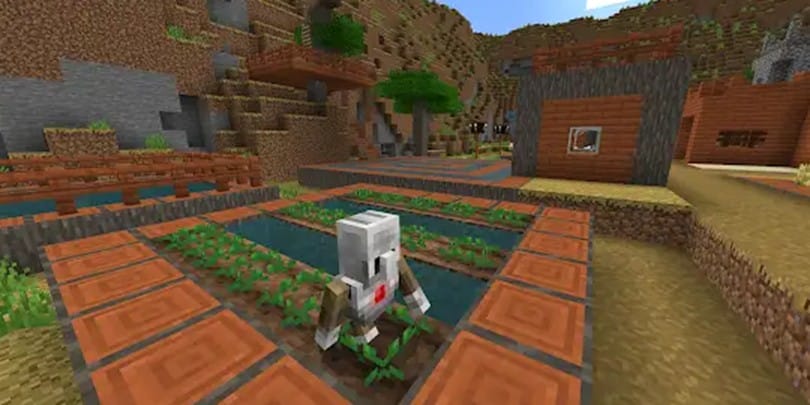
Classcraft: Turning the Classroom into an RPG
Classcraft converts the classroom experience into a role-playing game. Students create avatars, form teams, and earn points through positive actions and academic success.
It’s a system that gamifies all aspects of learning, fostering an engaging learning environment. Students earn experience points for their positive behavior and educational success.
Kahoot.: Making Assessments Fun
This popular quiz platform transforms assessments into lively game shows. Students answer multiple-choice questions, and a leaderboard provides instant feedback in real-time.
It’s an excellent method for reviewing content or evaluating understanding in a low-pressure, engaging format. These kinds of gamified activities also boost classroom learning by making it a friendly competition.
Quizlet Live: Fostering Teamwork
Quizlet Live encourages collaboration and teamwork. Students work in teams to match terms and definitions.
Quizlet Live boosts communication and study skills. This approach turns simple review sessions into a learning game.
Implementing Gamification in Your Classroom
Ready to enhance your teaching with gamification? Below are actionable steps to start:
Start Small
You don’t have to change your entire curriculum immediately. Begin by gamifying a single lesson or unit.
This method lets you experiment and determine what suits your students best. You could begin with a straightforward points system for homework or classroom participation.
Focus on Learning Objectives
Always prioritize your educational goals. Game elements should support, not overshadow, learning. Every point, badge, or challenge should connect directly to your learning objectives.
Provide Meaningful Choices
Player agency is vital in engaging games. Allow students choices in tackling challenges or selecting quests.
This autonomy can significantly boost engagement and motivation. For example, in a history project, let students choose between different historical figures or events to research.
Balance Competition and Collaboration
Although competition can motivate, remember the value of teamwork. Create challenges that need students to collaborate.
This promotes social skills alongside academic learning. A collaborative project might involve students working together to solve a complex problem or create a presentation.
Using Technology Effectively
Utilize digital tools and platforms designed for educational gamification. Tools like Google Forms can be used to create interactive quizzes and surveys.
Integrating technology can make learning more dynamic. Using platforms with interactive features can help in making learning more engaging.
Incorporating Social Emotional Learning
Gamification can be a great tool to encourage social emotional learning. Activities can be designed to help students develop empathy, teamwork, and self-awareness.
For example, games that require students to work together to solve a problem can boost collaboration. It also can help in developing decision-making skills.
Potential Pitfalls to Avoid
While gamification in education offers many benefits, be mindful of potential drawbacks:
Overemphasis on Extrinsic Rewards
If students focus too much on rewards, they might ignore the joy of learning. Ensure your system promotes learning for its own sake, not just earning badges. Frame rewards as recognitions of progress and mastery, not the primary goal.
Neglecting Non-Gamers
Not every student will be equally thrilled about game elements. Design your lessons to be inclusive for all learning styles.
Offer alternative activities or ways to engage with the material. Make it known that participation, not just winning, is valued.
Technical Hurdles
Depending on your tools, technical issues may arise. Confirm you have the needed resources and support before setting up complex systems.
Start with simple, reliable tools and gradually add more complex elements as you and your students become more comfortable. Have clear instructions for those that may be playing video games for the first time.
The Future of Gamification in Education
As technology advances, the possibilities for gamification in education will grow. Here are some trends to look for:
Virtual and Augmented Reality
Imagine students going on virtual trips to ancient Rome or viewing the inside of a cell via augmented reality. These immersive technologies are set to elevate gamification significantly.
These tools provide immersive learning experiences, that are hard to replicate with traditional teaching methods. These also encourage participation for more visual learners. This is truly something that can enhance learning, letting you teach real-life situations and places that you wouldn’t be able to experience otherwise.

Personalized Learning Paths
Artificial intelligence (AI) could enable personalized gamified learning, adjusting to each student’s abilities and preferences. This means the learning environment could adapt in real time, offering tailored challenges and rewards.
This keeps students engaged at their optimal level. Another form of an immersive learning experience. If you haven’t seen it, there’s a great example of this from the movie Enders Game. Every time he crossed a threshold the game mechanics would change, providing a new challenge.
Gamified Professional Development
Gamification isn’t only for students. Teachers can participate in gamified professional development, earning badges and improving their skills.
This method makes continuous learning more engaging and rewarding for educators. Some school districts gamify learning for educators in their online courses.
FAQs about Gamification in Education
Here are answers to commonly asked questions regarding applying game elements to educational settings.
What is gamification in education?
Gamification in education means using game design elements in learning environments. This includes using points, badges, leaderboards, and challenges to make learning more engaging and motivating.
What are the different types of learners and how to engage them through gamification?
Different learners thrive in various environments, and gamification can be used to engage them effectively:
| Learner Type | Characteristics | Gamification Strategies |
| Visual Learners | Prefer images, graphics, and colors. | Use badges, visual progress bars, and interactive simulations. |
| Auditory Learners | Learn best through listening. | Incorporate audio cues, narrated instructions, and group discussions. |
| Kinesthetic Learners | Prefer hands-on activities. | Use interactive games, digital scavenger hunts, and tasks with movement. |
| Reading/Writing Learners | Learn through reading and writing. | Offer quests with reading materials, written challenges, and journaling badges. |
This table provides a great overview of the different learner types to consider.
What is an example of gamification in the classroom?
A frequent example is using Kahoot. for quizzes. Students answer on their devices, earning points and seeing real-time rankings.
This changes a typical quiz into an exciting game. Bonus questions can be used for extra points to boost engagement.
How to apply gamification in the classroom?
Begin by defining learning objectives, then select game elements that support them. Introduce a point system, create quests for study units, or award digital badges.
Introduce these gradually, adjusting based on student input. Digital scavenger hunts can be used to teach research skills.
What are the disadvantages of gamified learning?
Downsides include a focus on extrinsic motivation, and technical glitches with digital tools. Risk of students feeling excluded if they aren’t “winning” is another potential pitfall.
Make sure game elements don’t overshadow actual learning. Start small by introducing different ways students earn points in a variety of gamified activities.

Conclusion
Gamification in education marks a major shift in teaching and learning. Using the engaging parts of games, we create richer learning experiences.
It enhances both fun and effectiveness. The advantages are evident, from increased motivation to better retention.
Gamification is about incorporating game elements wisely to support educational goals, not turning every lesson into a video game. Successful gamification balances competition and collaboration, external and internal motivation, and enjoyment and serious learning.
As technology advances, and we have an expanded knowledge of effective gamification, the possibilities are huge. The next level of education is on the horizon. Gamification elements can be seen outside the learning environment in fields like customer service.
If you are looking to learn more, consider taking one of our graduate classes here at MTI. We offer the most affordable graduate classes on the market, developed by real teachers.

We also have a course, MTI 556, that can help with learning how to gamify your class.
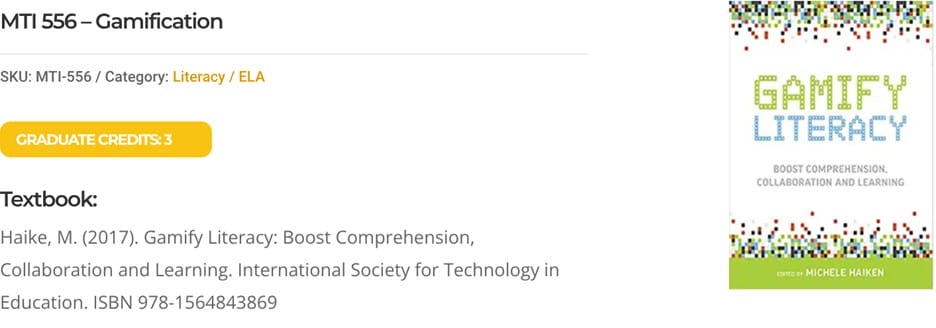
Unlike other companies, we have zero hidden costs, and we provide the syllabus before you sign up. Some surprises are good, but they shouldn’t involve your money or time.
And if you’re interested in teaching with us, feel free to reach out via any of our social media links, or send an email to [email protected] for more details.
